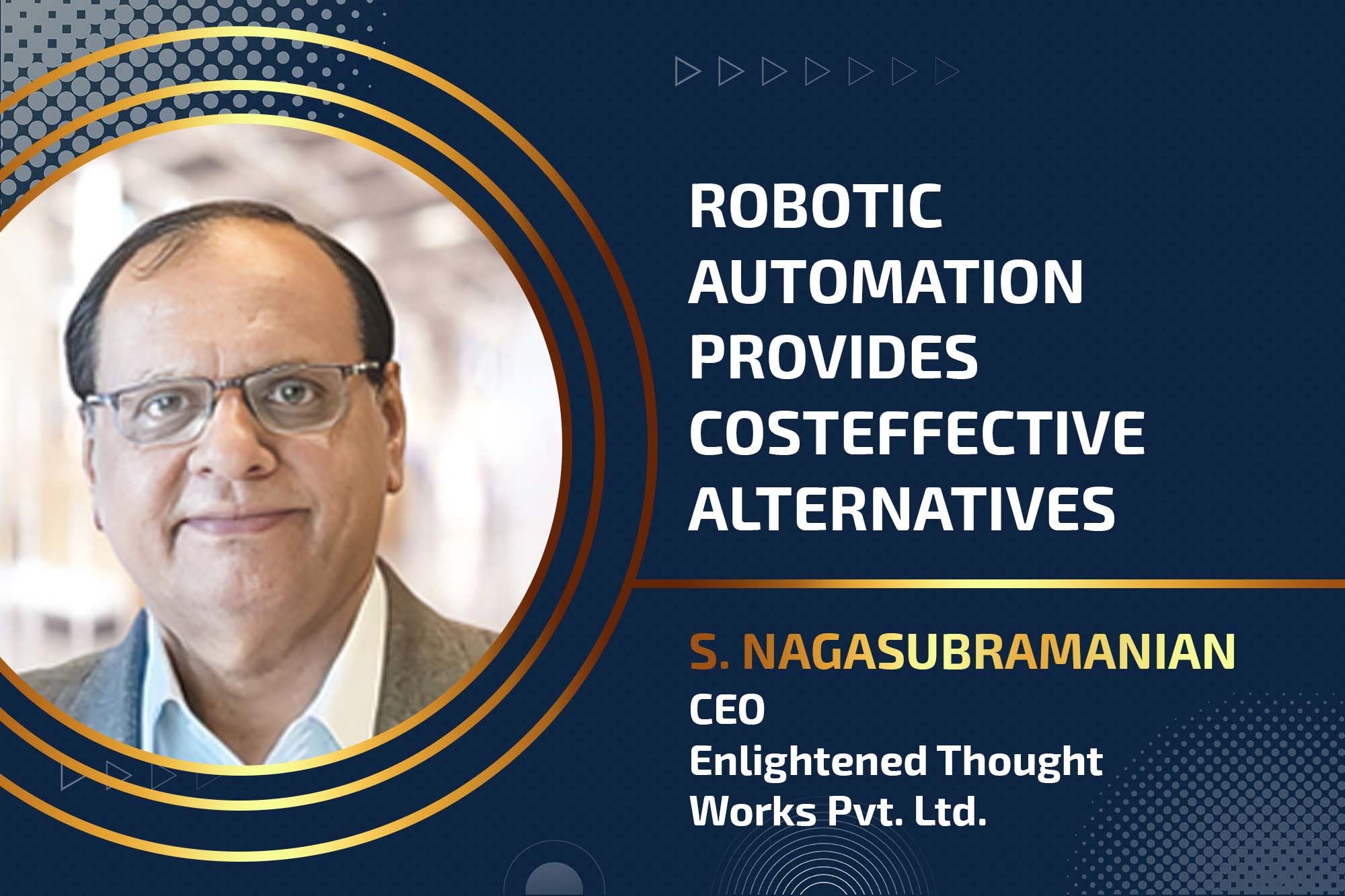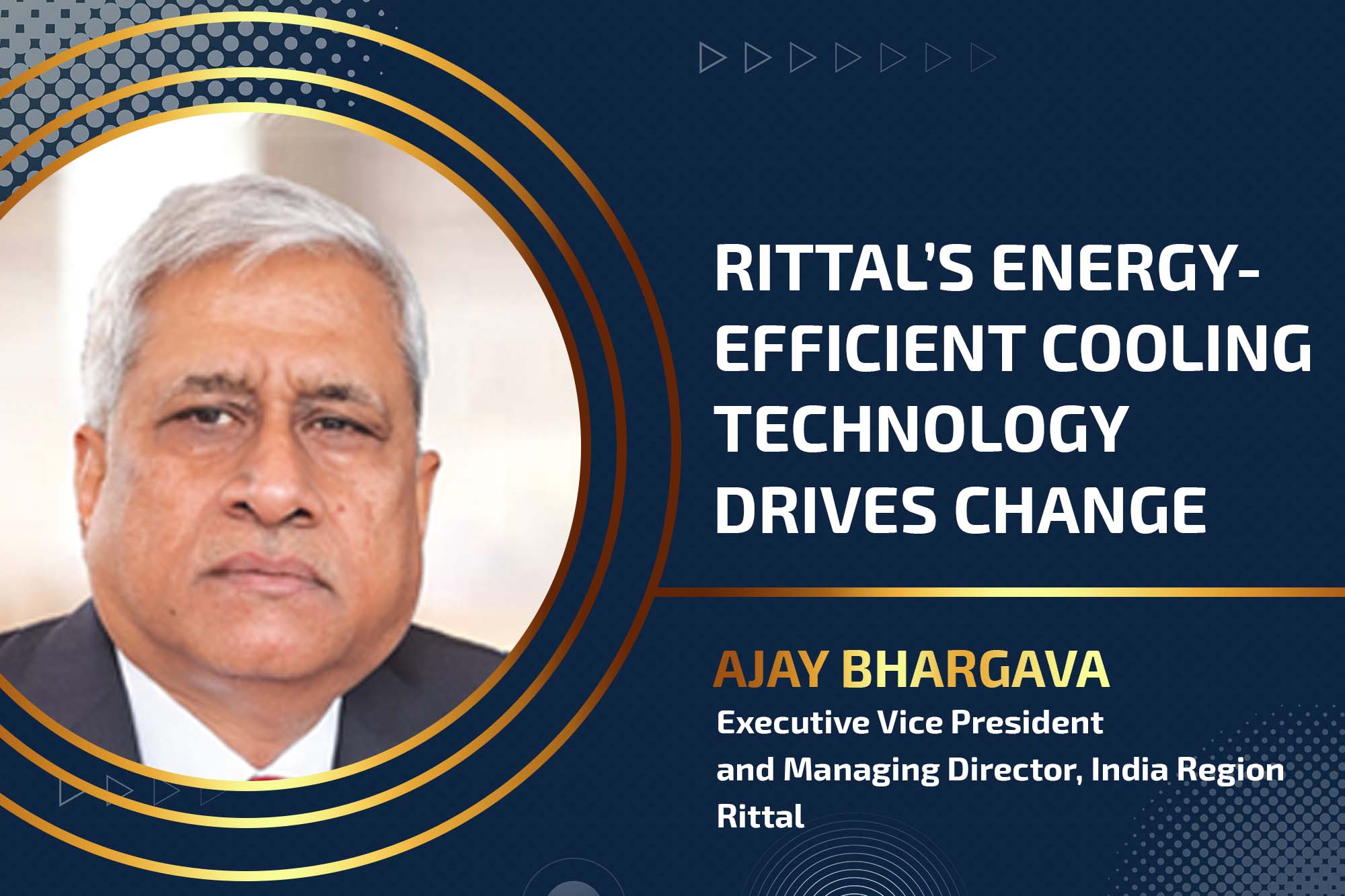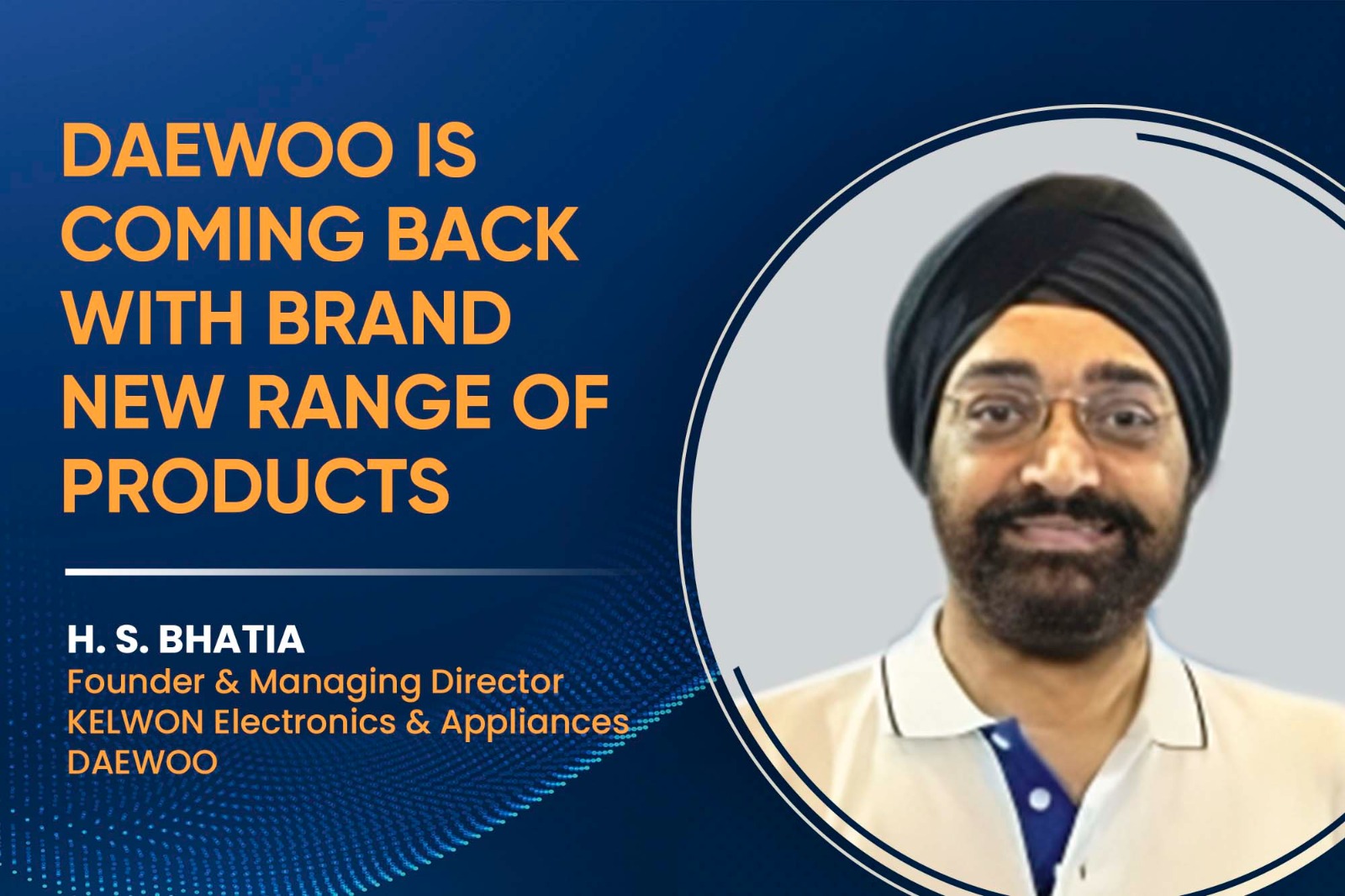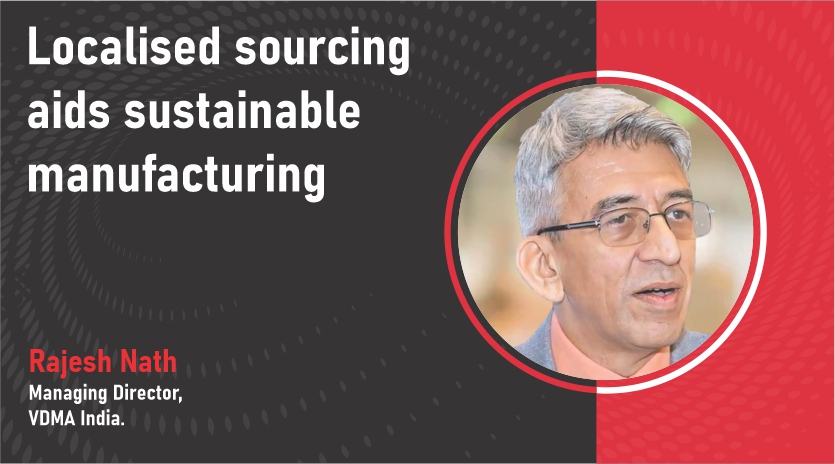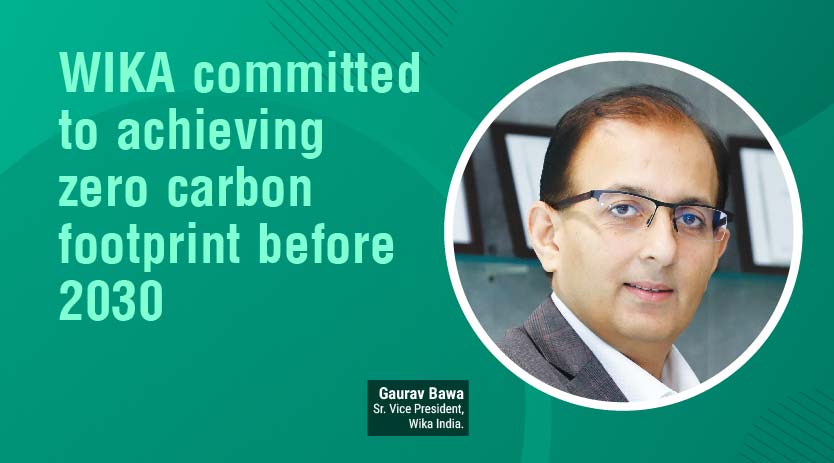‘E-Amrit’ portal initiative to accelerate EV adoption is one-stop platform for information on EV
By OEM Update Editorial February 1, 2022 3:38 pm IST
OEMs and component suppliers need to rapidly catch up on the advanced technology and business readiness by technology acquisitions.
Your perception about electrification outlook for the Indian auto industry?
The pandemic has affected our Indian auto sector, and because of the disruption, it has affected the demand for electric automobiles. Conferring to the Society of Electric Vehicle Manufacturers (SMEV) research available on the internet, total EV registrations have fallen by 20 percent in FY21 compared to FY20. However, as the sales of EVs are picking up once again, the market is expected to register optimistic growth during the next few years.
The Government of India has started multiple initiatives to promote the manufacturing and adoption of EVs in India, launch of ‘e-AMRIT’ portal: One-stop platform for information on EVs, reduce emissions about international conventions, and develop e-mobility in the wake of rapid urbanisation.
In India, the adoption of EVs will depend on two parameters: the suitable decrease of EV component cost and the consistency of adequate Government support. To be a strong player, the Indian Government needs to define concrete and long-term plans. It will help motivate consumers, OEMs, and suppliers through a combination of financial and non-financial incentives to develop the Indian market. The Government should support the Industry in technology transfers and capacity building. Clear standards need to be defined for proper charging infrastructure, battery swapping, and testing & validation, in line with global standards. However, the onus of preparing the Indian market for the EV transition is not the government alone. OEMs and component suppliers need to rapidly catch up on the advanced technology and business readiness by technology acquisitions. They should de-risk their current operations by adopting future-ready opportunities which will help them to leverage their current capabilities. Collaboration opportunities with international partners need to be explored to complement their world-class technology with our economic engineering approach. It is clear that with various activities like early adopters of EVs spreading positive feedback, continued push of the Indian government with different supporting policies, and widespread availability of charging infrastructure, the Indian auto industry will be fast evolving to electric.
Emerging technology trends in electric mobility and its manufacturing competitiveness?
Advanced automation solutions, collaborative robots, and Industrial IoT produce a large part of the automobile chassis, powertrains, and other components on the shop floor. Collaborative robots or robotic arms can handle even the most complex manufacturing tasks and complete them several times faster than human workers. Advanced automation solutions combined with robotics and learning modules perform jobs with more precision than ever and increase industrial productivity. Although much of robotics technology is already known, advanced technologies like machine-centric robotics, Adaptive transport systems, Digital twin, Integrated machine vision, Industrial IoT are emerging rapidly. These advanced automation technologies are used in electric mobility to enhance manufacturing competitiveness. Digital twins allow early verification of new factory concepts and lower the risk of letting fundamental design flaws go unnoticed until commissioning.
The factory’s digital twin continues to accompany it throughout its entire lifecycle – simplifying daily maintenance and supporting adaptation to future challenges. The adaptive transport systems help move each battery cell independently and unbound by rigid timing for unprecedented productivity and flexibility. It accelerates manufacturing processes by up to 90 percent. Cleanroom-qualified transport reduces or eliminates dirt from mechanical abrasion, as occurs on conveyor belts and chains. Integrated machine vision has smart cameras that result in intelligent image processing algorithms and innovative lighting, all fully integrated into the control system. It’s the only way to achieve absolute precision and microsecond synchronisation between all automation components. Image processing is possible at full production speed, from reading data matrix codes for product identification to complex measurement tasks for quality assurance. Centralised acquisition of operating and process data from machines and equipment helps operate production plants more effectively and efficiently. With B&R’s innovative mechatronic systems and ready-to-use APROL PDA solution, we offer a robust platform that allows you to tap this potential quickly and conveniently.
Will auto component industry’s revenue return to pre pandemic (2019) levels?
For the full year FY2021, the Industry faced challenges on multiple fronts like stiff increases in commodity prices, supply chain disruptions arising from semiconductor shortage, and increasing freight expenses impacting vehicle production. Increased raw material costs have resulted in increased automobiles cost, and at the same time, increased fuel prices have become a deterrent to new vehicle buyers. However, the demand for private and commercial vehicles is still there. OEMs are investing in new technologies, especially in EVs. There is a lot of investment in capacity expansion and R&D by the Indian government and the global players. Hence, if no significant adverse interruption erupts by the end of this fiscal year, the auto component industry is most likely to reach closer to the peak business of the previous financial year.
On the automation side in the manufacturing of the EV what opportunities exist for new manufacturing automation benchmarks?Consumer demand for EVs is increasing due to higher performance and affordability. However, OEMs are struggling to meet this new demand because the supply from a nascent EV battery supply chain is still in the developing process. Demand for EV battery systems will skyrocket in the next few years. To keep up with exponential capacity growth, battery cell production cycles must be in the orders of magnitude faster than for traditional automotive components. Batteries account for around a third of electric vehicle costs and are currently produced at incredibly tight margins. Increasing production capacity is one part of the equation to reduce unit costs. The other is reducing energy consumption and increasing yield rates. The combustion electric transition is a steep curve. Government incentives and sustainability-conscious consumers are potent catalysts, and battery production capacity will be hard-pressed to keep up. In the race to get the latest battery systems to market, the winners will be those who make the most effective use of their development resources.
Automotive parts must comply with strict quality standards to guarantee safety and avoid costly recalls. On top of that, battery systems are more sensitive to contamination than traditional car parts. These problems are solvable enough on their own. The question is: how do you do it without slowing down? As Albert Einstein once said, there is an opportunity amid all difficulties. The advanced automation solution is the answer to all challenges. Conventional linear layouts limit today’s battery factories to single-digit GWh capacity per line. Creating a flexible web of interlinked processing stations with advanced automation solutions makes it possible to move every product to every process station as needed. It helps to simultaneously make order-of-magnitude gains in throughput, footprint, and availability. B&R’s mechatronic systems form the backbone of an adaptive manufacturing ecosystem. Independently controlled shuttles carry products along the track with variable speeds and spacing. Complex real-time synchronisation with robots and other equipment enables high-precision processing while the products remain on track and in motion at up to 4 m/s.
Automation has unlimited opportunities in the EV industry. Along with enhanced safety and productivity, automation offers traceability and delivers cost-effective technologies for battery production, which is critical in electric vehicles.
What demand variability was seen across the semiconductor supply chain leading to the bullwhip effect?
The pandemic took the world by complete surprise. It has had a disruptive and profound impact on the world economy and has plunged global supply chains into a complex situation. At the end of 2020, semiconductors were abruptly gone with short supply. This situation began with a minor bump in consumer demand brought on by the pandemic. Initially, consumer spending tanked. A few months later, demand for all chip varieties rose unexpectedly throughout the consumer and industrial goods market. The companies from the manufacturing industry then sent a wave of semiconductor orders. This sudden huge demand started rippling up the supply chain, and hence the shortages ensued. The market’s volatility, uncertainty, and complexity in the new processes due to pandemics and ambiguous situations of the shopfloor are some of the top demand variabilities that have affected the effective supply chain management at all maturity levels in the semiconductor market.
How can India overcome the scarcity of chips and drive the growth of electric mobility?
Looking at the global semiconductor chip shortage and rising prices, it certainly sounds like a good opportunity for the Indian market to create a cost-effective ecosystem. However, the Indian market currently lacks the speed at which decisions must be made to compete in competitive global markets. With the help of the Indian government, local OEMs can form associations and manufacture critical chips and related components by implementing innovative technology. The association should be a multilateral alliance between the Industry, R&D centres, and Academia. We need to standardise and modularize the entire process to scale up the operation.
Turkey has recently set an excellent example of developing self sufficiency in chip manufacturing through local production. According to a media report available on the internet, The National Electronics and Cryptology Research Institute of Turkey has attempted to develop the components at its laboratory. This laboratory caters to a significant portion of the Turkish automotive Industry’s chip requirements.
By creating an association of Industry, academic, and government partners, in India, we can produce a long-term, full-proofed technology roadmap. The entire manufacturing industry needs to follow the association’s set technology path. This will help us to achieve the fluxes in demand with great agility. The semiconductor industry follows a technology roadmap inspired by Moore’s law. The doubling of performance every two years was made possible through a series of well-planned and executed innovations, which is strung along a foreseeable trajectory.
In the near future, by developing strategic relations with semiconductor companies, by creating more resilience and transparency in the supply chain networks, and by standardising chip design, we can mitigate the supply risk India too can become Atmanirbhar in the semiconductor chips market if we bring in all these ideas together and then can overcome the scarcity of chips and drive the growth of electric mobility.
Cookie Consent
We use cookies to personalize your experience. By continuing to visit this website you agree to our Terms & Conditions, Privacy Policy and Cookie Policy.




